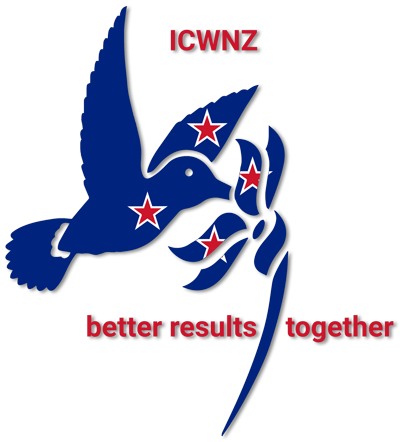
Whakawhānaunga: Collaborative Service Delivery in a Te Ao Māori Context
“Whakawhānaunga” literally means to “establish relationships” or metaphorically it is about connecting at both a physical and spiritual level. Whakawhānaunga is a multi-layered evolving project designed to explore what collaboration means and looks like at Te Taiwhenua O Heretaunga
Across a series of workshops we have developed understanding of collaboration and collaborative working and begun the korero around a range of opportunities. As a result, we are developing a collaborative governance and leadership approach across service lines. Moving into an implementation phase, using an interactive design thinking approach within a collective impact framework, we worked with identified cluster groups to develop collective impact action plans for whānau segments. Throughout, our focus has been for the fundamental aspects of engagement with whānau and practitioners:
- To be culturally anchored practice in Te Ao Māori.
- With the use of whānaungatanga as a tool to connect and build whānau capability.
This is underpinned with five effective practices: relationships, whānau rangatiratanga, capable workforce, whānau-led, and supportive environment.
This project responds to growing understanding that a collaborative, collective impact approach to service delivery is the way forward. In the concluding reflections of “Social Investment: A New Zealand Policy Experiment” (2018), Graham Scott notes, “The conclusion the committee reached was that a new model of service delivery is needed, based on the principles of collective impact” (page 10768). Collective Impact for whānau is a key focus for Te Pou Matakana (the Whānau Ora commissioning agency for Te Ika a Māui (North Island)), who recognise that “in order to support whānau to achieve their goals, solutions must go beyond just one programme.”
Additionally, this project is well aligned to the New Zealand Treasury’s Living Standards Framework and four capitals approach. This work serves as a successful case study that demonstrates opportunities through collaboration and a collaborative approach.
